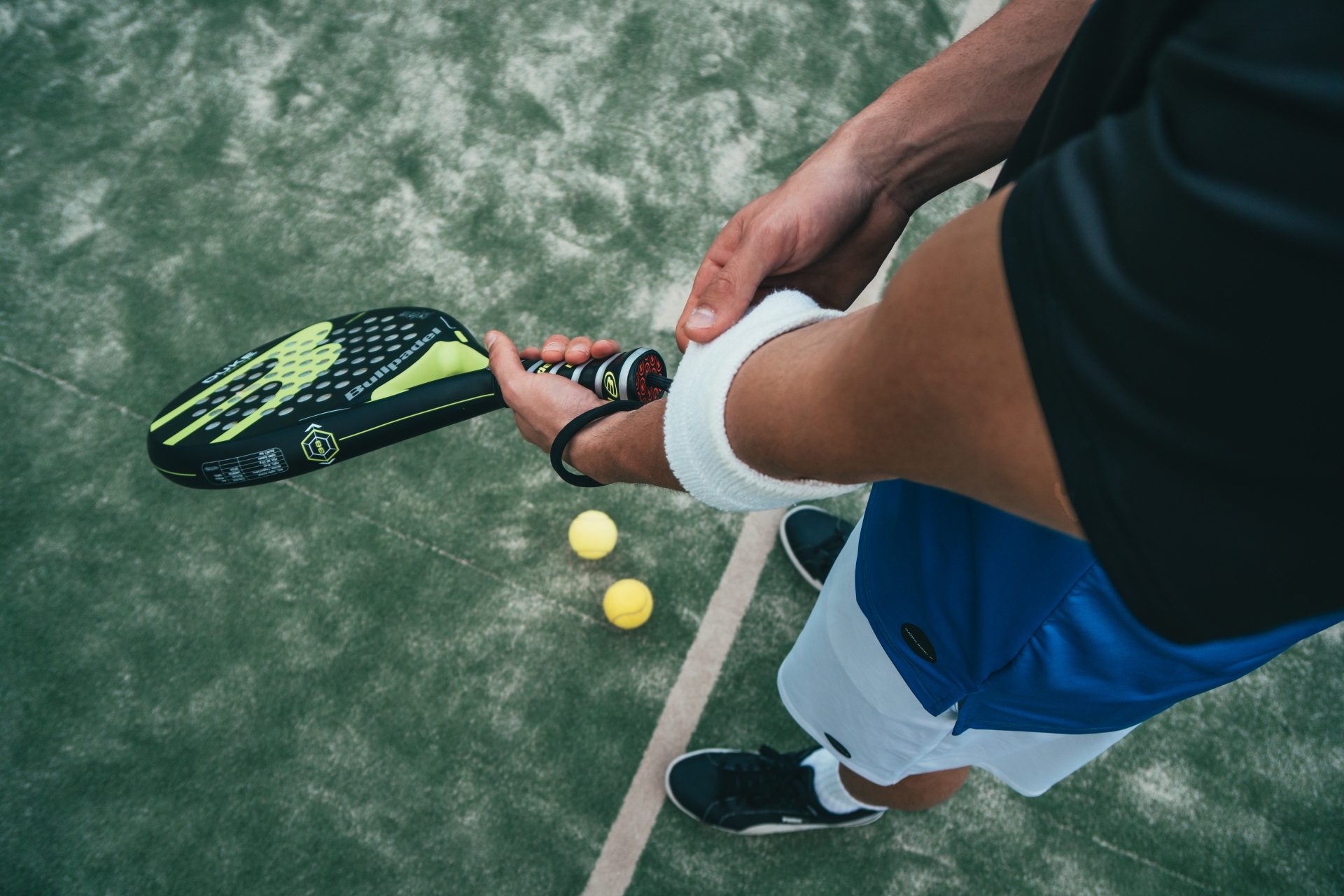Tennis elbow or lateral epicondylalgia is a very painful and debilitating condition. As many would know, it occurs commonly throughout the population and even to those who don’t play tennis. The effects can mean severe disruption to work and recreational activities. A third of people with tennis elbow will have the pain for longer than a year. Meaning the right treatment approach is crucial to helping those with elbow pain enjoy their normal activities. One size fits all is not always the answer (Coombes, Bisset, & Vicenzino, 2015).
The diagnosis of lateral epicondylalgia can be confirmed with the reproduction of pain in at least one of three ways. These are; pain on palpation of the lateral epicondyle, pain on resisted wrist, index or middle finger extension and pain on gripping (Coombes et al., 2015). Lateral elbow pain can occur for other reasons. One of the more common is radicular in nature. If pain is reproduced with movements of the neck or thoracic spine then referred pain should be considered as the diagnosis.
Due to the nature of lateral epicondylalgia being a tendon pathology one style of treatment approach will not always lead to success. Factors such as length of time and severity of symptoms, shoulder and neck problems and work and social activities will all affect the effectiveness of treatment. There is now good evidence to suggest that corticosteroid injections may provide short term relief but will lead to worse outcomes over 6 to 12 months compared to physiotherapy intervention (Coombes et al., 2015). There is also a lack of evidence that other injection therapies provide any better relief (Krogh et al., 2013). It is therefore recommended that this is not considered as a first line treatment approach.
The combination of manual therapy and exercise has been shown to give some of the greatest benefits in both the short and long term to people suffering from lateral epicondylalgia. Interventions such as massage and acupuncture appear to only give short term relief and should therefore only be used as supplementary treatment approaches (L. Bisset, Paungmali, Vicenzino, & Beller, 2005). Short term pain relief can be gained by the use of bracing as this has been shown to improve pain and function in those with lateral epicondylalgia (L. M. Bisset, Collins, & Offord, 2014).
The type of exercise prescribed for lateral epicondylalgia has varied over time with an initial focus on eccentric exercises due to its relationship to tendinopathy. More recently it has been noted that those with lateral elbow pain tend to grip objects in wrist extension which increases the load through the tendons (L. M. Bisset et al., 2014). It is therefore recommended that grip re-training, with a neutral wrist and wrist extensor strengthening be used as an exercise approach for lateral epicondylalgia. Loading and frequency of exercise are important considerations. Pain response should be controlled and not increase with exercise. A general rule of thumb of 10 repetitions of three sets daily is a good starting point.
It is important to recognise that a singular approach to the elbow will not always provide a long-term solution to pain. Loss of shoulder strength and scapula control have been indicated as mechanisms that lead to lateral epicondylalgia and therefore should not be ignored during rehabilitation (Day, Bush, Nitz, & Uhl, 2015).
Lateral elbow pain remains a complex condition with many contributing factors. Treatment approaches vary and good accurate diagnosis is crucial to success in both the short and long term. A “wait and see” approach may provide some benefits but the addition of exercises and manual therapy can provide short term relief and long term resolution to this debilitating condition. A physiotherapist is expertly trained to administer these interventions and implement best practice for the management of lateral epicondylalgia.
Feedback is always welcome.
Bisset, L. M., Collins, N. J., & Offord, S. S. (2014). Immediate effects of 2 types of braces on pain and grip strength in people with lateral epicondylalgia: a randomized controlled trial. The Journal of Orthopaedic and Sports Physical Therapy, 44(2), 120–8. http://doi.org/10.2519/jospt.2014.4744
Bisset, L., Paungmali, A., Vicenzino, B., & Beller, E. (2005). A systematic review and meta-analysis of clinical trials on physical interventions for lateral epicondylalgia. British Journal of Sports Medicine, 39(7), 411–422. http://doi.org/10.1136/bjsm.2004.016170
Coombes, B. K., Bisset, L., & Vicenzino, B. (2015). Management of Lateral Elbow Tendinopathy-One Size Does Not Fit All. The Journal of Orthopaedic and Sports Physical Therapy, 45(11), 1–38. http://doi.org/10.2519/jospt.2015.5841
Day, J. M., Bush, H., Nitz, A. J., & Uhl, T. L. (2015). Scapular Muscle Performance in Individuals With Lateral Epicondylalgia. Journal of Orthopaedic & Sports Physical Therapy, 45(5), 414–424. http://doi.org/10.2519/jospt.2015.5290
Krogh, T. P., Bartels, E. M., Ellingsen, T., Stengaard-Pedersen, K., Buchbinder, R., Fredberg, U., … Christensen, R. (2013). Comparative Effectiveness of Injection Therapies in Lateral Epicondylitis: A Systematic Review and Network Meta-analysis of Randomized Controlled Trials. The American Journal of Sports Medicine, 41(6), 1435–1446. http://doi.org/10.1177/0363546512458237

